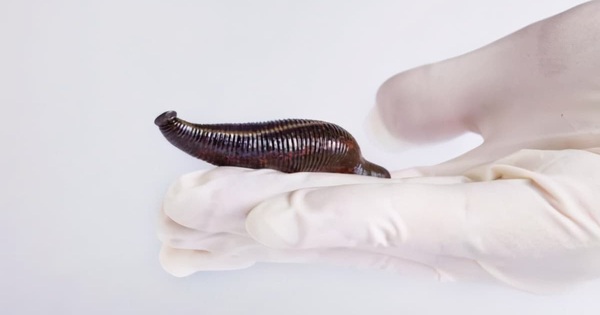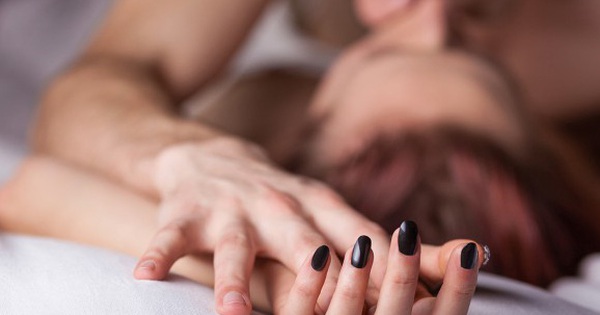Avalokitesvara Bodhisattva is the Bodhisattva who embodies the compassion of all Buddhas. His original Sanskrit name is Avalokiteśvara, meaning “the bodhisattva who freely observes the sound of the world’s suffering crying out for help.”
The most widely revered and worshiped in Mahayana Buddhism, paintings and statues depicting him appeared very early and were extremely popular in countries such as China, Korea, Japan, and Vietnam.
In China, there is a collection of ancient paintings dating from the Qing Dynasty titled “Avalokitesvara Bodhisattva from Dung Five Thirteen Presents” (rough translation: Avalokitesvara Bodhisattva 53 times appeared with a compassionate face). including 53 picture depicting the Bodhisattva in various poses, along with poems praising him.
This whole collection of paintings is inherently nothing out of the ordinary until the viewer turns to the last painting. The strange thing is in picture Here, Bodhisattva Avalokitesvara wears Western-style clothes and hair. Not only the costume, the face of the Bodhisattva also has many European features.
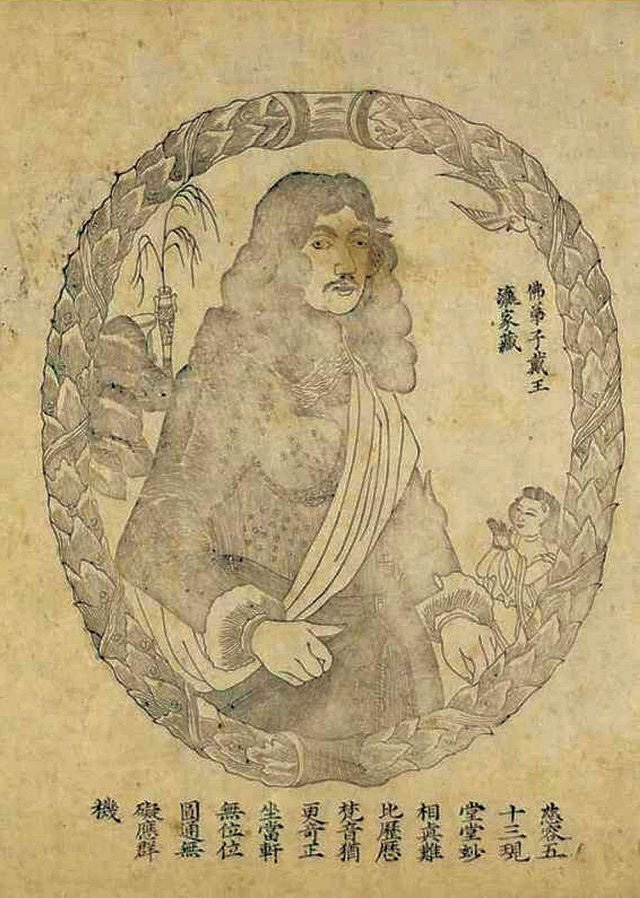
The painting of Bodhisattva Avalokitesvara in Western clothing belongs to the collection of paintings “Avalokitesvara Bodhisattva from the five decades of the three appearances”. Photo: Dong-A Ilbo
This ancient painting has caused a lot of stir in academia as well as in the online community. There is an opinion that the character depicted in the picture is Jesus. Others say that this is a Western missionary active in China during the Ming Dynasty.
However, after a period of research, Taiwanese researcher Cao Due Triet made an important discovery: This painting depicts the Bodhisattva Avalokitesvara based on the image of the French king Louis XIII painted by the artist Philippe de Champaigne in the 17th century.
This discovery also contributed to the experts’ identification of a collection of 53 paintings “Avalokitesvara Bodhisattva from the Five Decades and Existences” dating back to the early Qing Dynasty (1636-1912), but not earlier. .
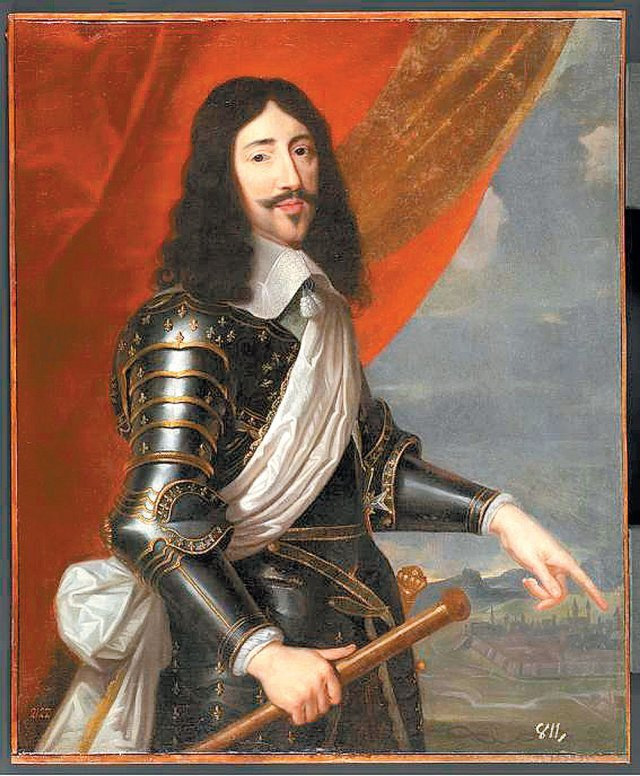
The painting of King Louis VIII was painted by the French artist Philippe de Champaigne. Photo: Prado . National Museum of Art
Ung Chinh’s unique portraits
Not only in the realm of religion, similar incarnations also appear in the series of paintings by the Qing emperor Yongzheng (1722 – 1735), and this time they have more or less political significance.
Emperor Yongzheng has painted himself as a Persian warrior, a Turkish prince, a Taoist shaman, a Tibetan monk or a European with Western hair and clothes.
For what reason did Bodhisattva Avalokitesvara and the 5th emperor of Dai Thanh appear in such surprising appearances? And why are there images of Europeans among them – a land so far away from China?
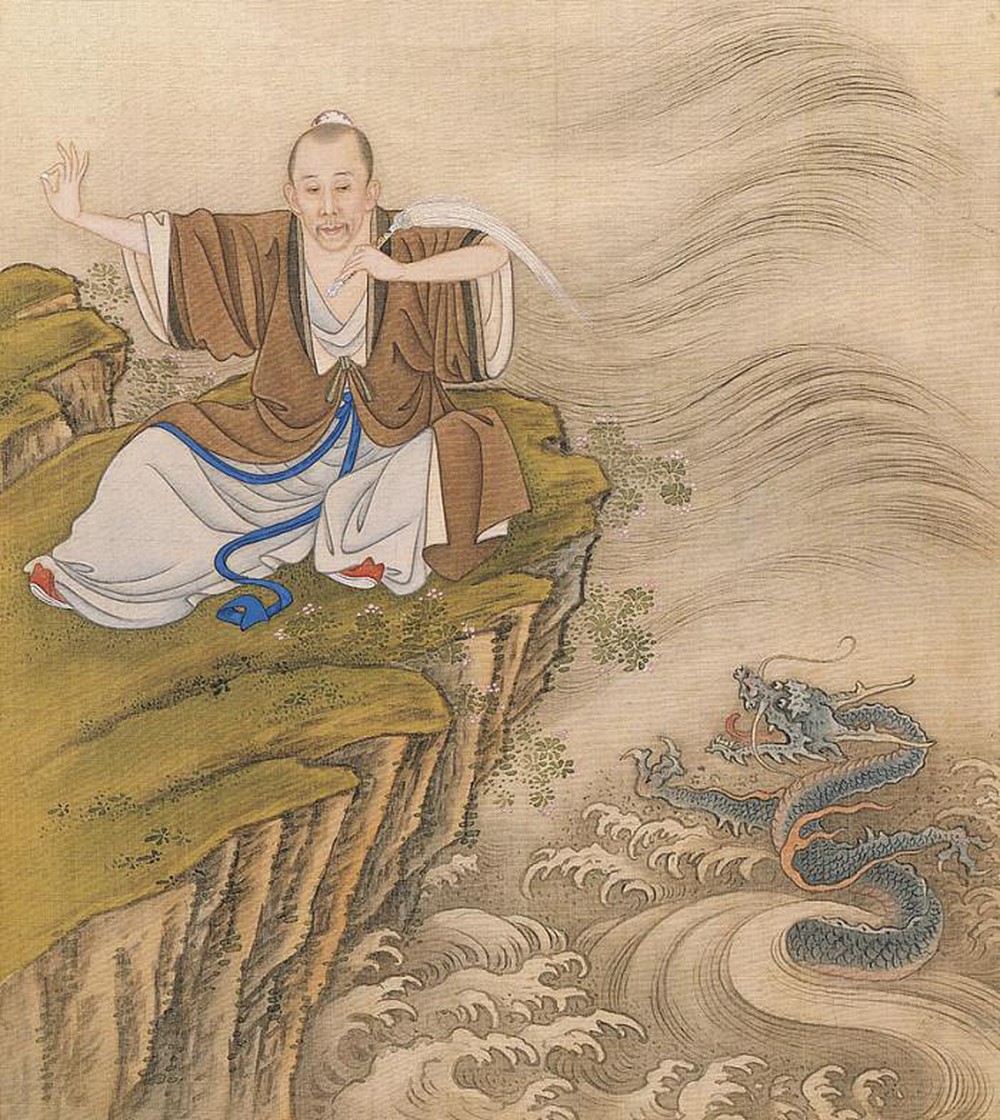
Emperor Yongzheng transformed into a Taoist Taoist monk. Photo: Wikipedia
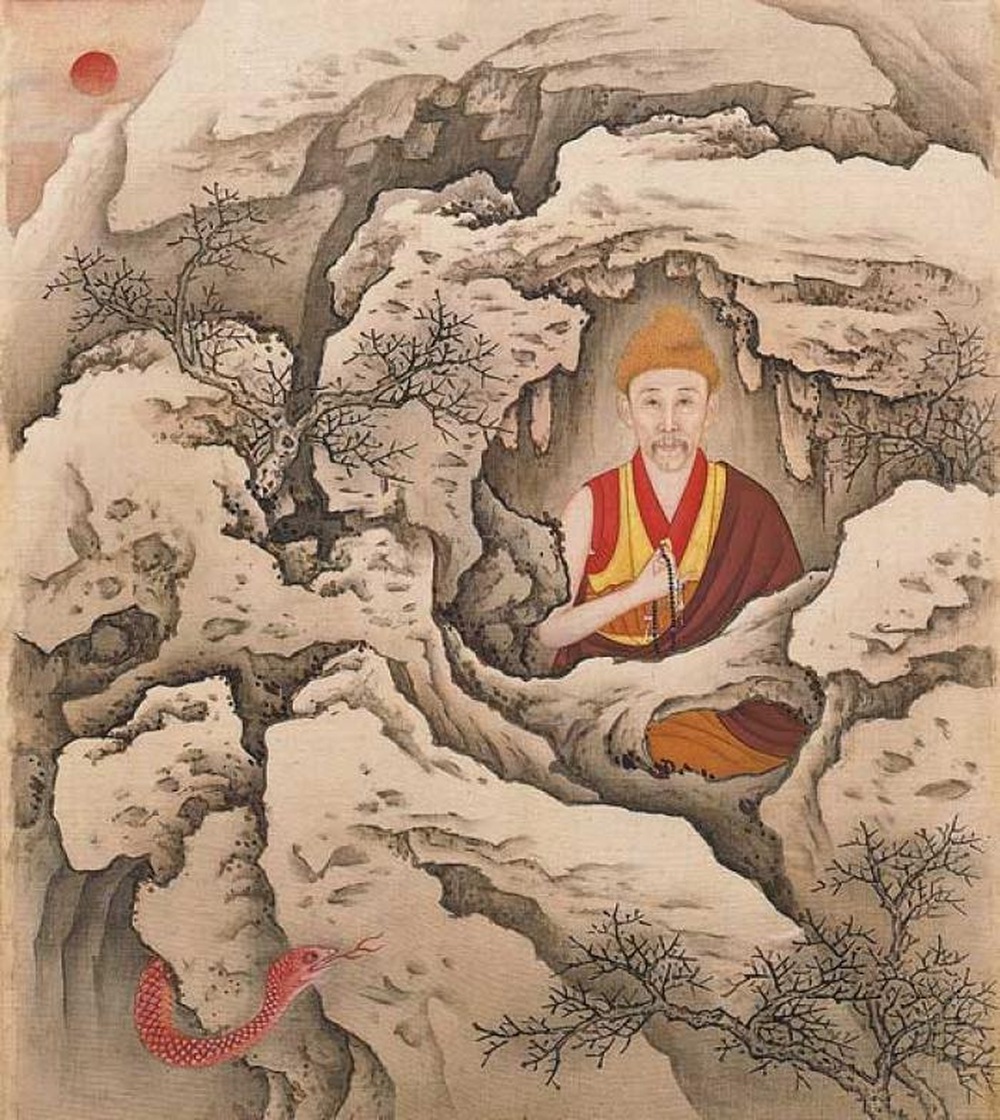
Emperor Yongzheng under the face of a Tibetan monk. Photo: Wikipedia
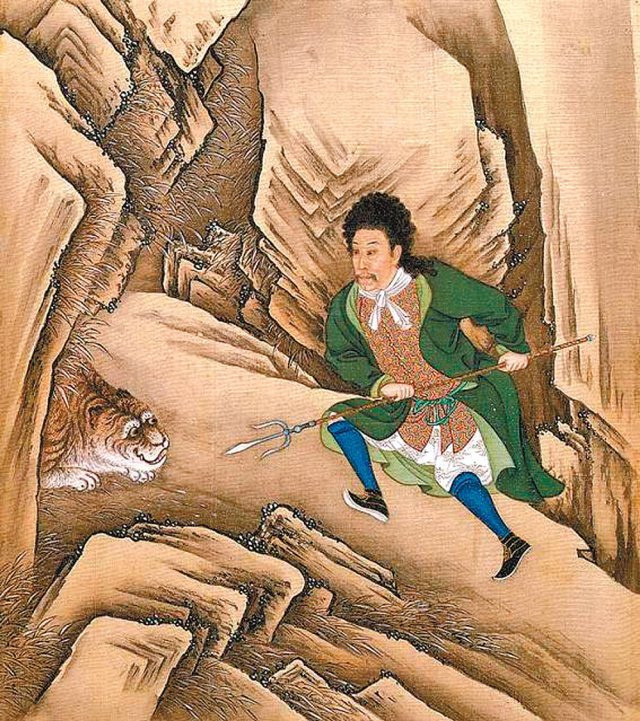
Ung Chinh wears a wig and European-style clothes, preparing to attack a tiger with a trident. Photo: Wikipedia
Korean expert Kim Young-min has specific analyzes and explanations for the above questions. It is known that the reason is because according to the artist’s thought, Bodhisattva Avalokitesvara and the Qing emperor have one thing in common: They must be present everywhere.
In the Avalokitesvara Bodhisattva Universal Gate of the Wonderful Law Lotus Sutra (also known as the Lotus Sutra) it is written, “The ten directions of the world, no killing, no body.” That is, only all the worlds in space, there is no realm where he does not appear.
In other words, this Bodhisattva is present everywhere to help sentient beings. Similarly, at that time it was thought that the Manchu emperor not only saw himself as the king of a country, but as the son of heaven who ruled over the whole world.
The expert concluded, Bodhisattva Avalokitesvara and Emperor Ung Chinh have been portrayed with many different faces to suit each place and each context in which they both embody.
Particularly for the Qing emperor, it was also to affirm his legitimacy and dominant role throughout the civilized world.
It can be said that each of the above paintings is a new combination of painting with religion, painting with politics, a place where East and West meet, and is a very unique heritage that ancestors had. leave it for posterity.
According to Dong-A Ilbo
at Blogtuan.info – Source: Soha.vn – Read the original article here

